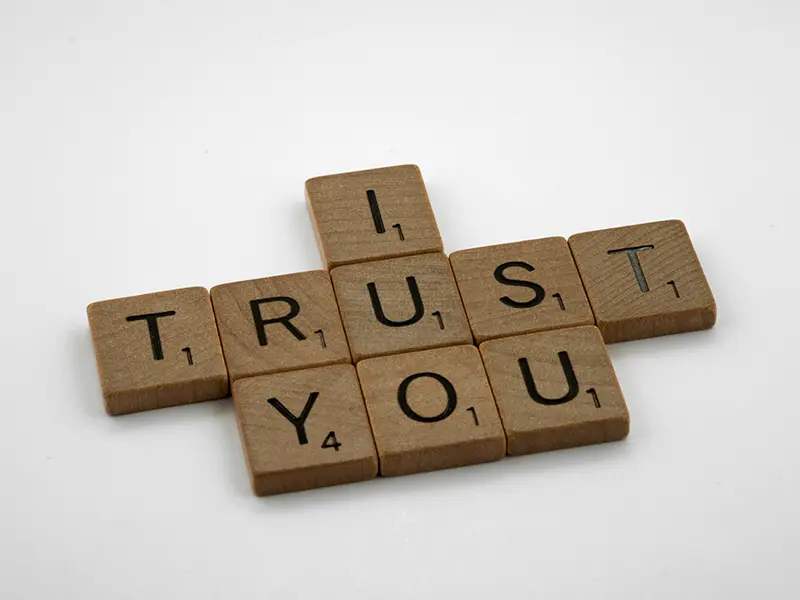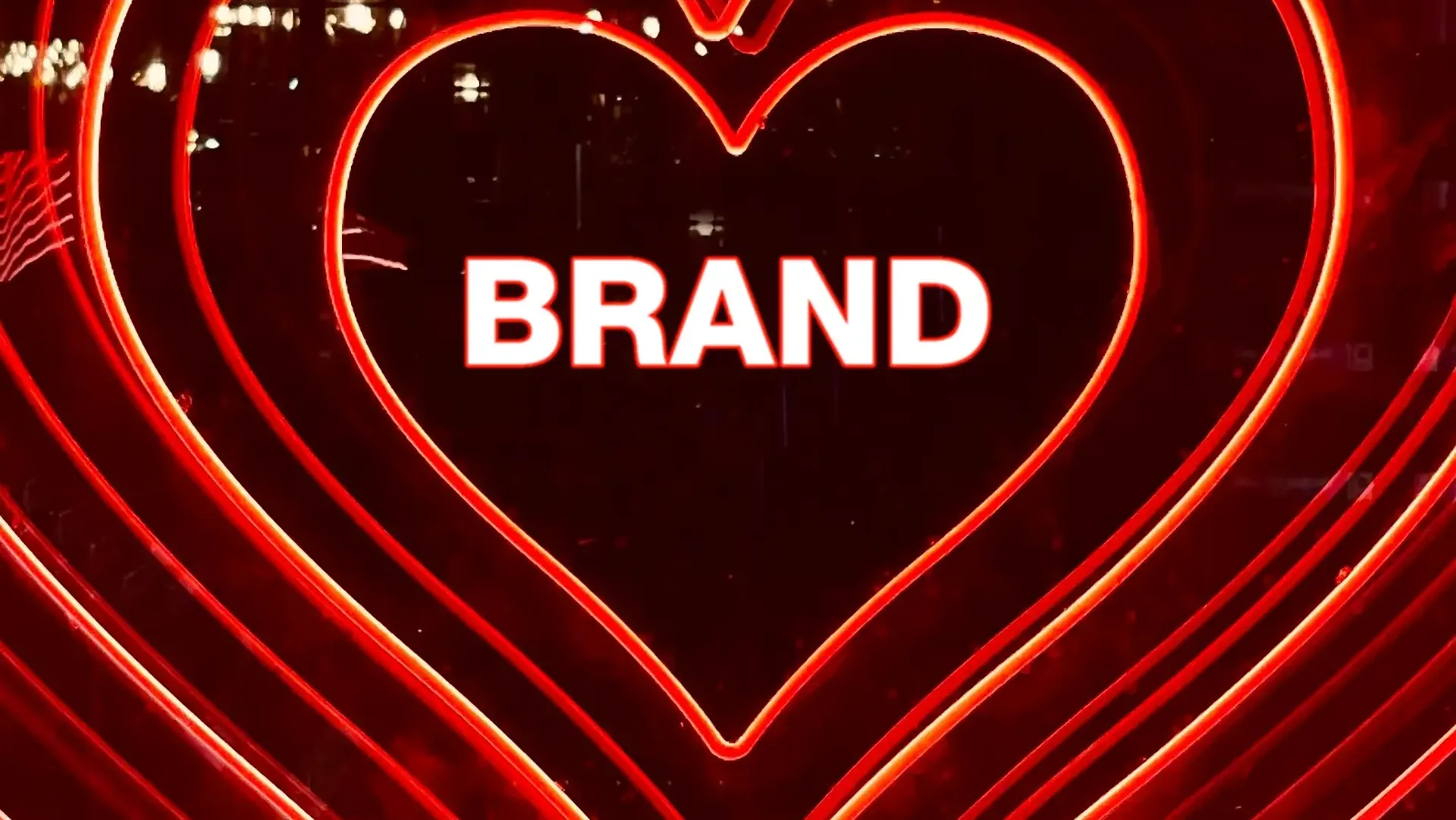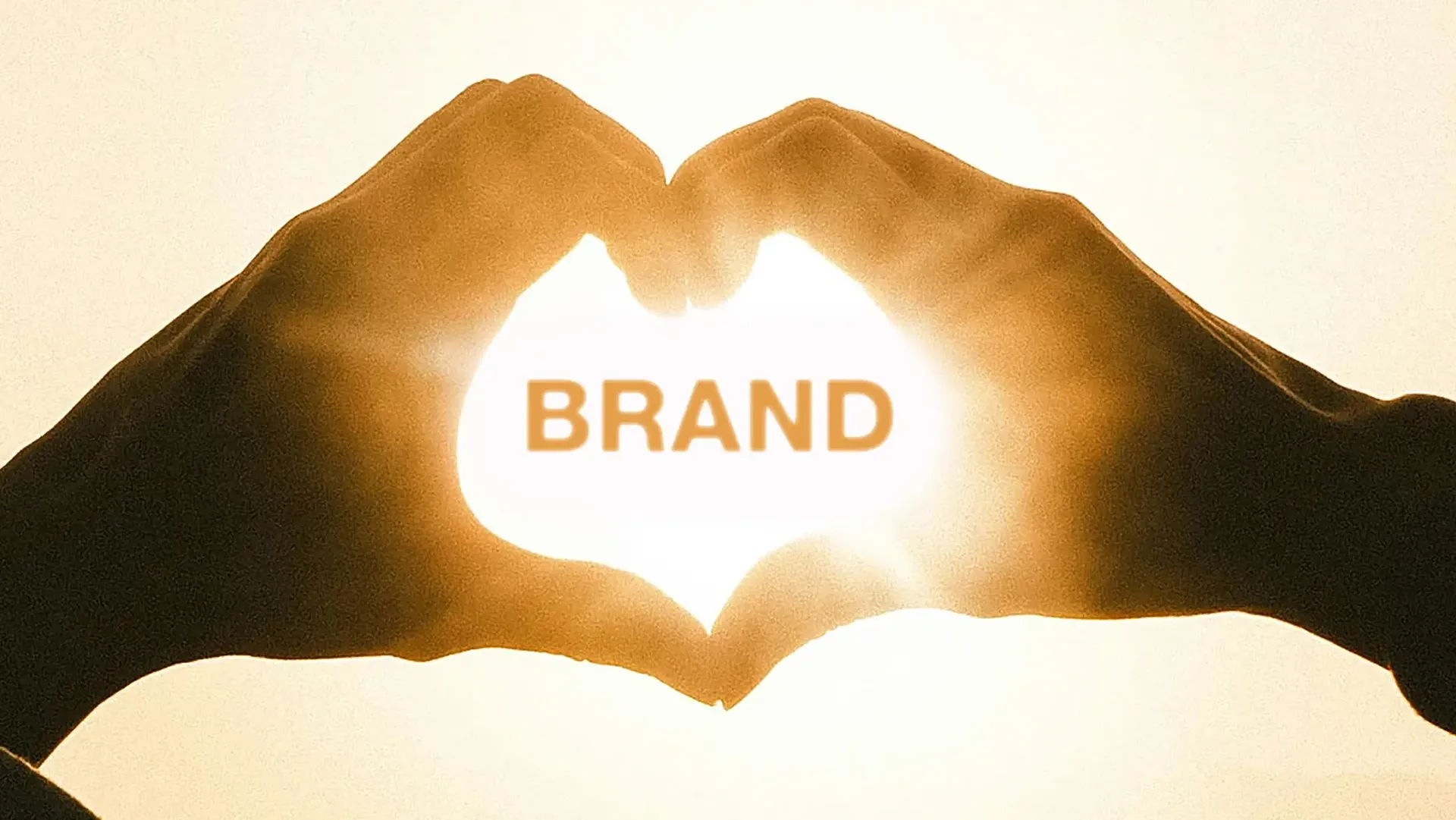In a financial landscape dominated by digital disruption, shifting customer expectations and increasing regulatory scrutiny, building societies face a defining moment.
The pressures of 2025 aren’t just operational – they’re existential.
The challenges building societies face in 2025
Building societies today are navigating a complex set of pressures:
- Digital transformation is accelerating but often lacks strategic alignment. Many institutions invest in new technologies without a clear sense of purpose – leading to fragmented solutions and poor ROI
- Increased competition from neobanks, fintechs, and purpose-driven challengers is eroding traditional market share
- Evolving member expectations demand greater transparency, relevance, and emotional connection
- Internal misalignment between departments or leadership teams creates inefficiency and dilutes member experience
- Regulatory and reputational risk is growing, especially around consistency, conduct, and community commitment.
In this context, building societies need more than operational upgrades. They need coherence – the kind that only a strong, strategically defined brand can provide.
What brand really means (beyond visual identity)
A strategic brand isn’t just a marketing tool. It’s a business discipline that guides decision-making across every department, from HR to IT, finance to frontline service.
When defined and deployed well, brand becomes a north star – aligning people, processes, and plans.
Why confusion is costly – and clarity saves money
Clear brand strategy simplifies:
- Decision-making: Teams know what fits the brand – and what doesn’t
- Messaging: Communication becomes consistent and effective
- Operations: Internal alignment accelerates execution
- Recruitment: Cultural fit becomes easier to assess.
In short: when everyone knows what you stand for, they can act with confidence – and reduce waste in the process.
How brand builds trust with members
A strong brand helps you:
- Articulate your values in ways that resonate with today’s members
- Stand out in a crowded market where trust is often thin
- Deliver experiences that feel human, authentic, and values-driven.
Members don’t just want products. They want to know what you stand for – and that you’ll stand by them. Brand is how you prove it.
How internal brand drives staff engagement
Strategic brand work:
- Clarifies the ‘why’ behind the work – especially important for frontline teams
- Gives staff a shared language for what the society stands for
- Empowers decision-making at every level
- Drives pride, belonging and motivation.
Engaged teams create better member experiences. And better experiences build loyalty, advocacy, and long-term value.
Why brand strategy improves innovation ROI
Innovation is essential but without strategic alignment, it quickly becomes expensive distraction.
Too often, building societies invest in new tech or initiatives without asking the right questions:
- Does this fit our purpose?
- Will this strengthen the member experience?
- Does it reinforce who we are?
How brand builds long-term resilience
Markets change. Trends shift. Crises happen. The institutions that survive – and thrive – are those grounded in something deeper than products or quarterly targets.
Brand is your long-term defence:
- It anchors you in purpose during times of uncertainty
- It creates emotional loyalty, not just transactional relationships
- It builds reputational capital that endures beyond campaigns or crises.
For mutuals, whose lifespans are measured in generations, this kind of resilience isn’t optional. It’s essential.
Getting started: what strategic brand work looks like
Strategic brand work doesn’t start with design. It starts with discovery.
Typical phases include:
- Insight: Internal and external research to understand perceptions, strengths, and challenges
- Definition: Clarifying purpose, values, proposition, and positioning
- Engagement: Inspiring leaders and teams to embed the brand internally
- Expression: Translating strategy into messaging, tone of voice, and visual identity
- Implementation: Embedding the brand into culture, service, and innovation.
It’s not a quick fix. But it’s not a fluff exercise either. Done right, brand strategy becomes a powerful catalyst for business transformation.
Let’s talk
If you’re navigating change, planning growth, or simply want to future-proof your society – it’s time to put brand at the heart of your strategy.
Let’s talk about how brand clarity can unlock smarter decisions, more engaged teams, and stronger relationships with members.
Because in a world of noise and uncertainty, clarity is your advantage. And brand is how you get there.




















